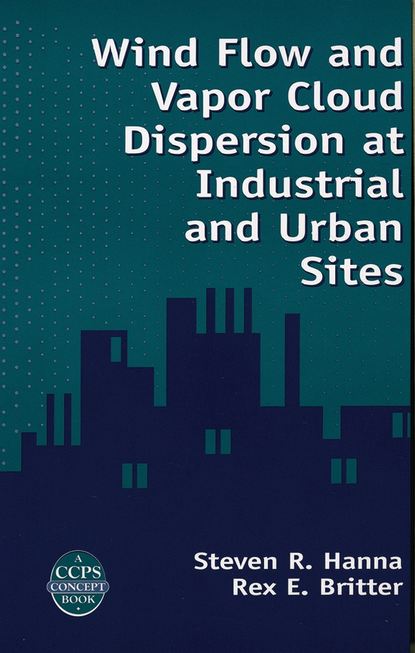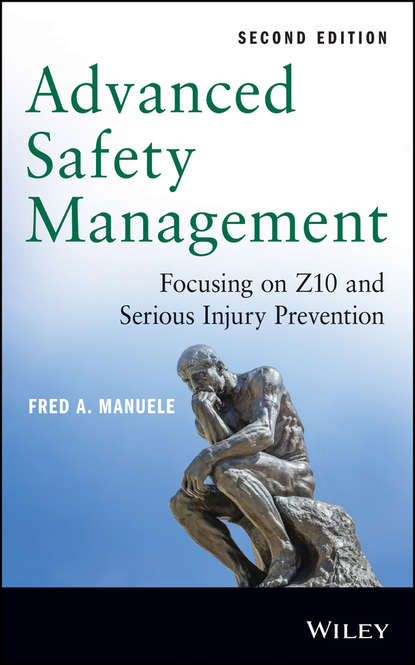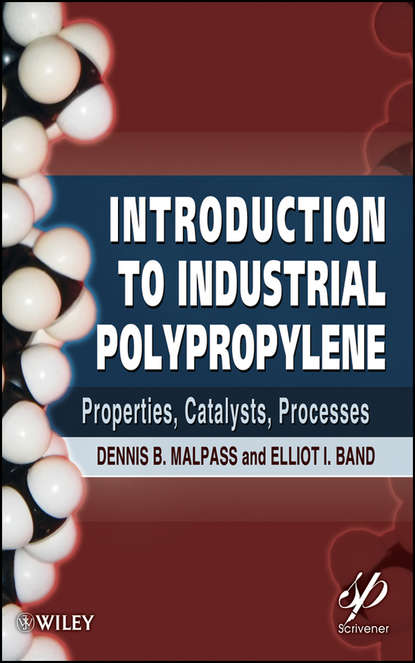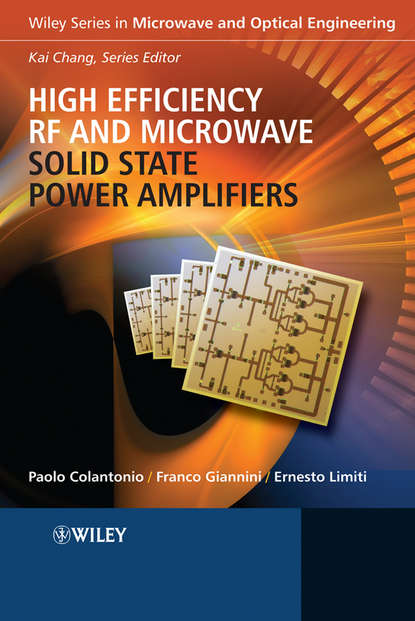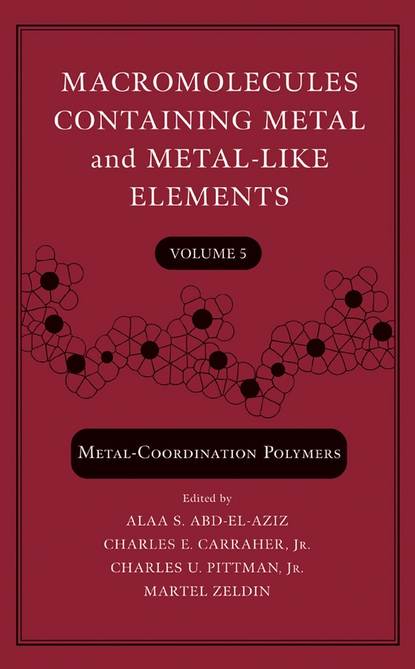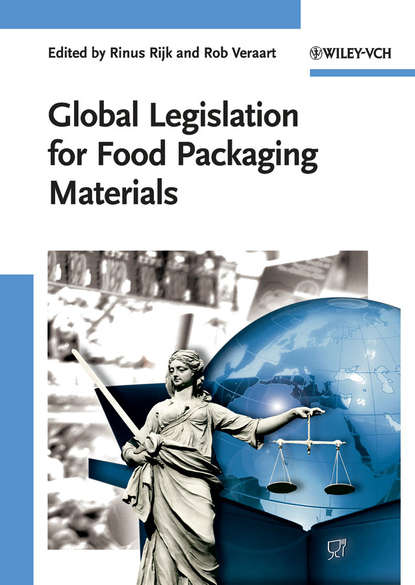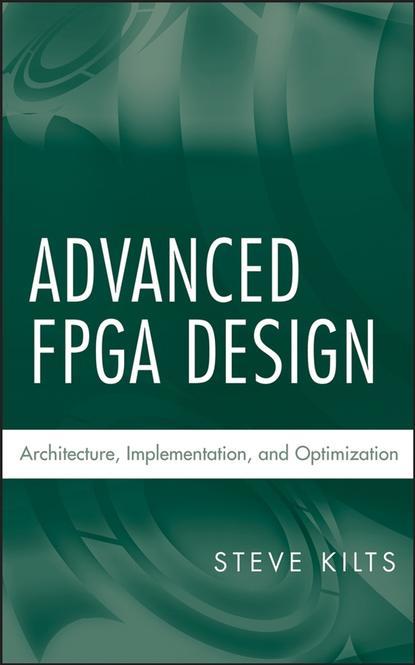Книга "Wind Flow and Vapor Cloud Dispersion at Industrial and Urban Sites" представляет собой научное исследование, посвященное проблемам распространения паровых облаков на промышленных и городских объектах, а также снижению потенциальных последствий опасных выбросов. В данной книге авторы подробно изучают влияние зданий, оборудования и других природных и искусственных объектов на процесс дисперсии паровых облаков. В связи с актуальностью вопросов борьбы с терроризмом на промышленных и городских объектах, улучшение моделирования последствий опасных выбросов на таких объектах становится все более важным.
В книге представлены новые научные методы и подходы к изучению процесса дисперсии паровых облаков, включая описание влияния зданий и других объектов на этот процесс, объяснение таких понятий, как длина шероховатости поверхности (z0) и длина перемещения (d), а также критерии выбора моделей и правильный выбор входных данных для моделирования транспорта и дисперсии в зависимости от условий. Кроме того, представлены примеры применения этих методов на практике. В целом, данная книга является важным вкладом в современную науку дисперсии паровых облаков и может быть полезна для специалистов в области промышленной безопасности, экологии и метеорологии.
This book helps you master the important topics of wind-fl ow and vapor-c loud dispersion at industrial and built spots.
Электронная Книга «Wind Flow and Vapor Cloud Dispersion at Industrial and Urban Sites» написана автором Steven Hanna R. в году.
Минимальный возраст читателя: 0
Язык: Английский
ISBN: 9780470935606
Описание книги от Steven Hanna R.
A key component of risk reduction is reducing the potential consequences that could result from toxic or flammable releases. The science of vapor cloud dispersion has advanced significantly in recent years, but one of the long-standing challenges has been in accounting for dispersion around buildings, equipment, and similarly sized geologic and man-made features. With current concerns about terrorism in industrial and urban sites, improving consequence modeling within industrial and urban sites is more important than ever This new definitive book advances the science of vapor cloud dispersion by: ·Describing how structures at an urban or industrial site affect dispersion, and how these effects should be treated in consequence models ·Explaining surface roughness length (z0) and displacement length (d) so that they are clarified for readers with minimal meteorological background ·Presenting criteria for when the structures should be considered broadly as roughness elements, or when they should be considered from the viewpoint of their wake effects ·Defining conditions for which different models apply and providing continuous solutions for transitions between flow regimes. ·Providing the appropriate roughness inputs to transport and dispersion models depending on conditions. ·Demonstrating the application of these techniques through worked examples.
